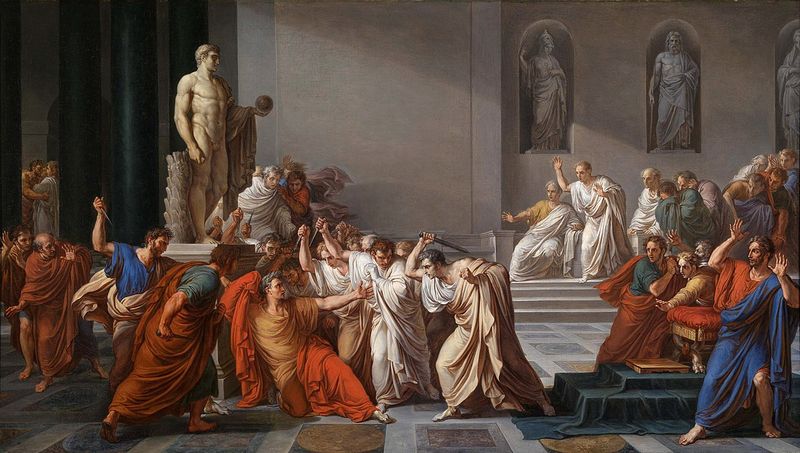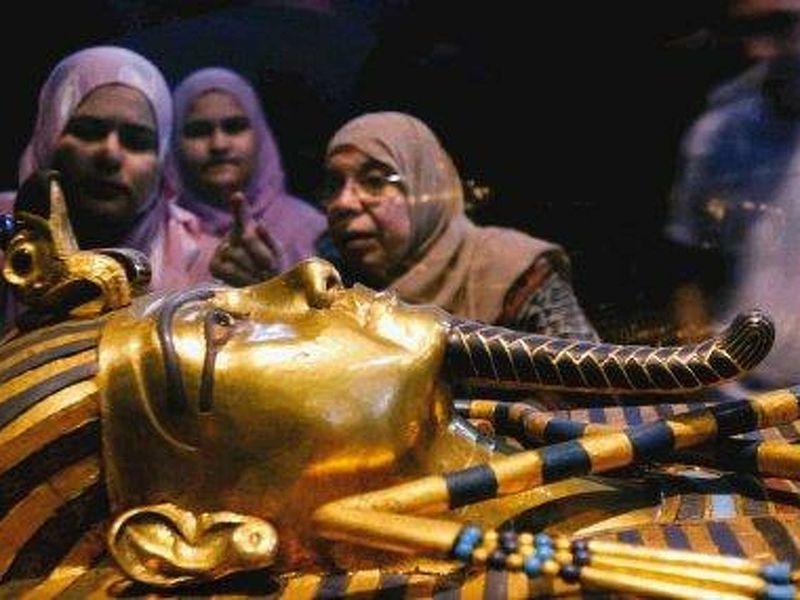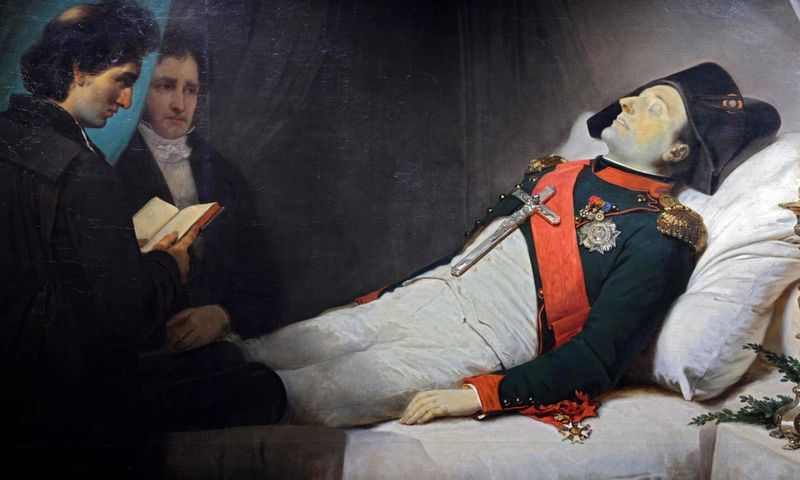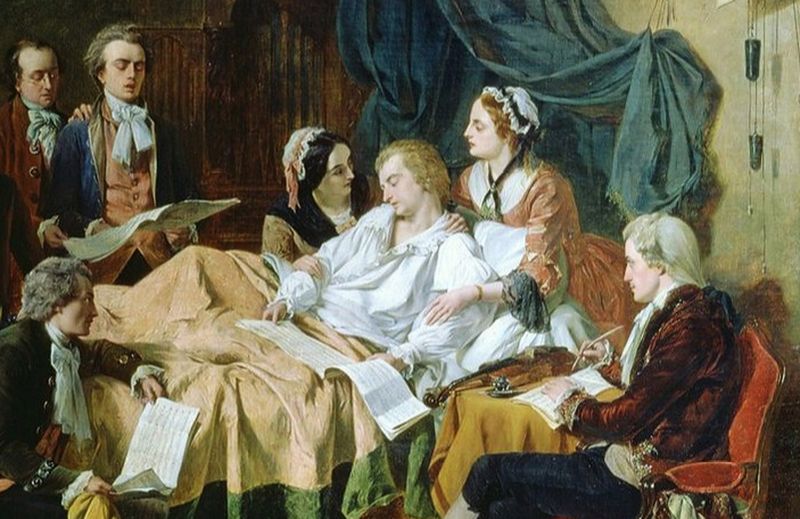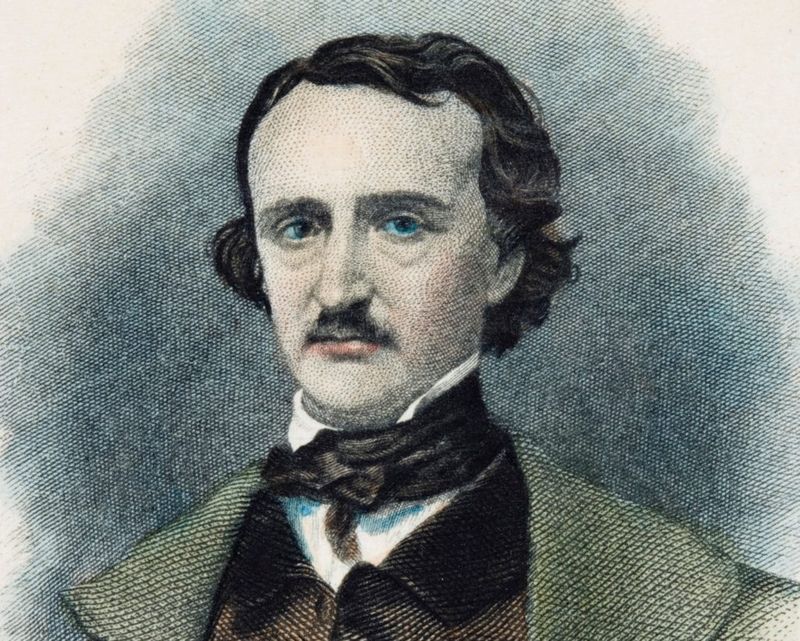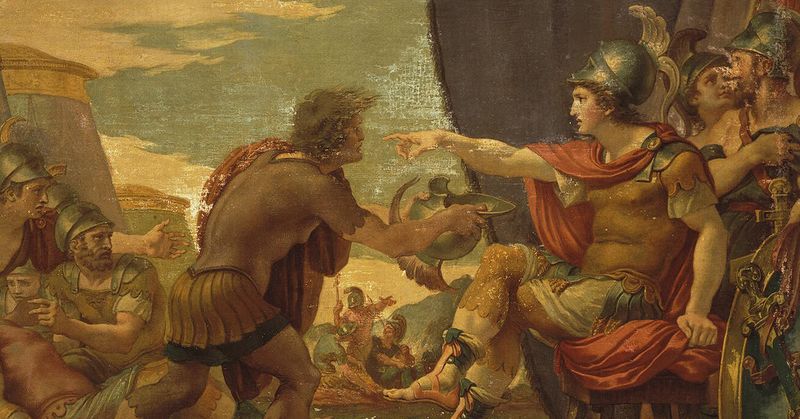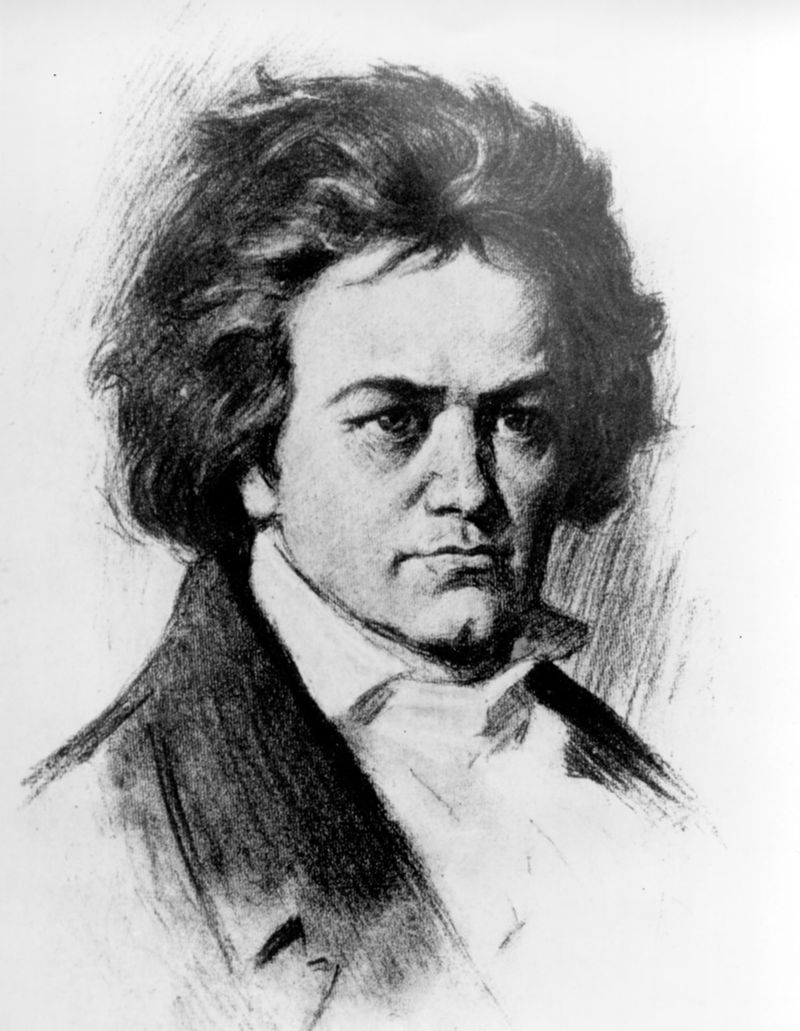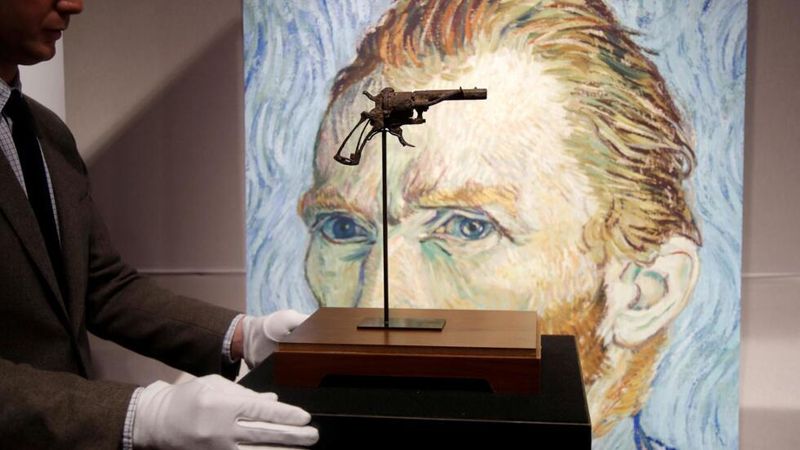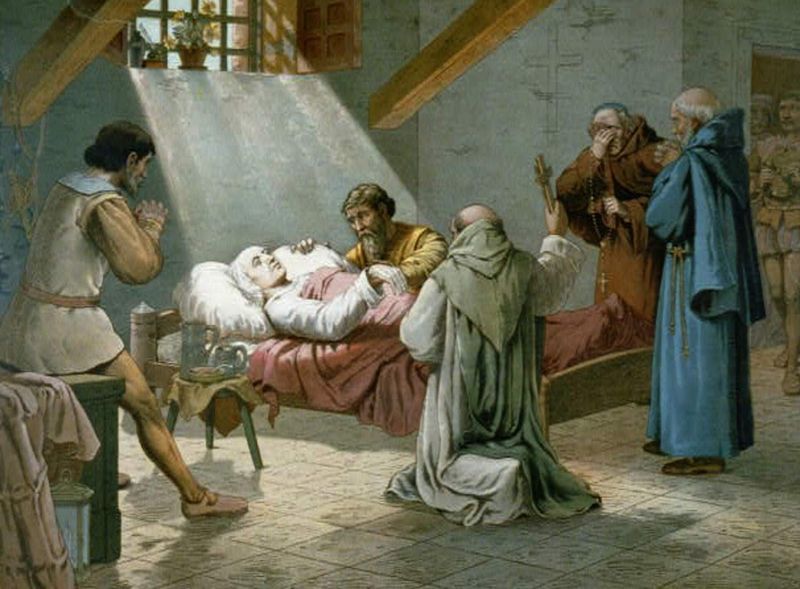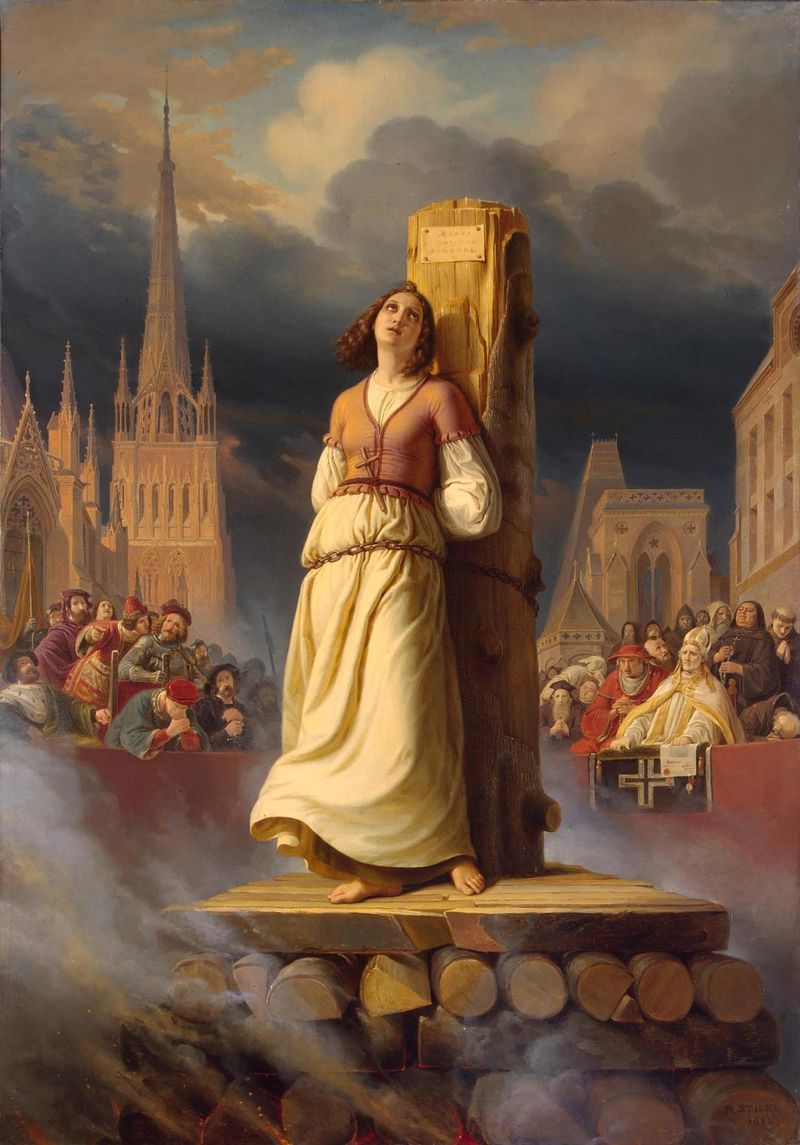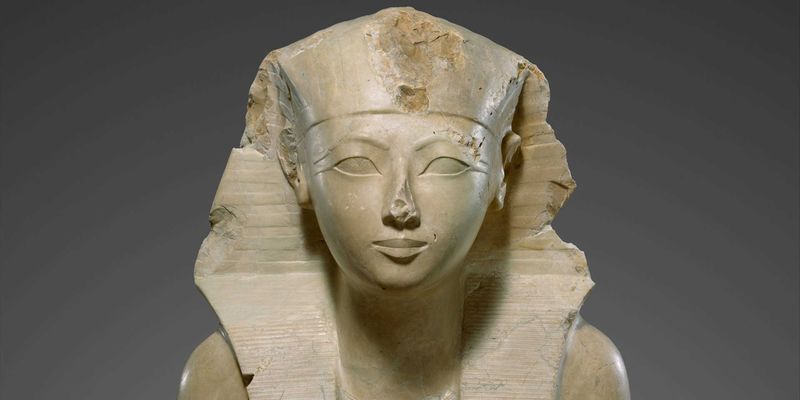History celebrates remarkable individuals for their achievements and contributions, but the true stories of their deaths often differ from popular belief. Many famous figures met their end in surprising ways that challenge what we think we know about them. From ancient rulers to artistic geniuses, understanding how these influential people actually died adds a fascinating layer to their legacy.
1. Cleopatra’s Final Choice
The legendary Egyptian queen didn’t actually die from an asp bite as commonly portrayed in art and film. Archaeological evidence suggests Cleopatra likely ingested a potent poison mixture after her lover Mark Antony’s suicide and her defeat by Octavian. She chose death over the humiliation of being paraded through Rome as a captive. Her handmaidens Iras and Charmion died alongside her in a final act of loyalty, creating one of history’s most dramatic royal endings.
2. Julius Caesar’s Bloody Betrayal
Surrounded by men he considered allies, Caesar fell victim to one of history’s most infamous conspiracies. On March 15, 44 BCE—the Ides of March—he was stabbed 23 times by Roman senators in the Theatre of Pompey. His final words remain disputed. While Shakespeare gave us “Et tu, Brute?” historical accounts suggest he either said nothing or spoke in Greek to Brutus. The assassination triggered the final war of the Roman Republic and paved the way for the Empire.
3. King Tutankhamun’s Medical Mystery
The Boy King’s death wasn’t a murder mystery after all. Advanced CT scans of his mummy revealed a badly broken leg that likely became infected, combined with a severe case of malaria, as the probable causes of his demise at just 19 years old. His fragile health was likely the result of royal inbreeding. DNA tests confirmed his parents were brother and sister, leading to genetic weaknesses. The young pharaoh also suffered from a cleft palate and club foot, making his short reign all the more remarkable.
4. Napoleon’s Stomach Battle
The mighty conqueror who dominated Europe met his end not in battle but in bed. Exiled on the remote island of St. Helena, Napoleon Bonaparte gradually wasted away from what modern medical analysis confirms was stomach cancer. For years, conspiracy theories claimed he was poisoned with arsenic. His physician noted his severe abdominal pain and described a large cancerous lesion in his stomach during the autopsy. The man who once commanded armies across continents died a prisoner, his body betraying him more effectively than any enemy.
5. Mozart’s Mysterious Finale
The musical genius left the world with one final mystery: the exact cause of his death. At just 35, Mozart fell ill with severe swelling, pain, and vomiting. He died within two weeks, conscious until nearly the end. Medical historians now believe rheumatic fever, streptococcal infection, or trichinosis (from undercooked pork) are the most likely culprits. The poisoning theories popularized by the film “Amadeus” lack evidence. Mozart was working on his Requiem when death came, leaving it famously unfinished.
6. Edgar Allan Poe’s Delirious Departure
Found wandering Baltimore’s streets in someone else’s clothes, delirious and incoherent, Poe spent his final days in a hospital hallucinating and calling out for someone named “Reynolds.” The master of macabre died without explaining what happened to him. While alcoholism was blamed initially, modern medical experts suggest rabies, brain tumor, or carbon monoxide poisoning as more likely causes. Fittingly mysterious for the inventor of detective fiction, Poe’s death remains an unsolved case, with the writer taking his secrets to the grave.
7. Alexander’s Untimely End
After conquering most of the known world by age 32, Alexander the Great succumbed not to an enemy’s sword but to a mysterious illness. Following a night of heavy drinking in Babylon, he developed a high fever that lasted for ten days before claiming his life. Modern theories include typhoid fever, malaria, or even poisoning. His body supposedly didn’t decompose for six days after death—a detail that fueled his divine mythology. The conqueror who wept because there were no more worlds to conquer found death the one opponent he couldn’t defeat.
8. Marie Antoinette’s Final Performance
The queen infamous for allegedly saying “let them eat cake” (though she never did) faced her end with remarkable dignity. After a swift show trial during the French Revolution’s Reign of Terror, she was condemned to the guillotine on October 16, 1793. Accounts tell us she accidentally stepped on her executioner’s foot on the scaffold and apologized. Her hair had turned completely white during her imprisonment. Far from the frivolous royal of popular imagination, her final letters show a devoted mother deeply concerned for her surviving children.
9. Beethoven’s Poisonous Passage
The musical titan who composed even after going deaf died in agony during a thunderstorm. Recent analysis of Beethoven’s hair revealed shocking levels of lead—up to 100 times higher than normal. This lead poisoning likely came from his medicinal wines or treatments and contributed to his lifelong health problems. His autopsy revealed a shrunken liver and kidney damage. The composer’s famous last words when champagne arrived were reportedly “Pity, pity—too late!” before lapsing into a coma.
10. Rasputin’s Resilient Demise
Russia’s “Mad Monk” proved extraordinarily difficult to kill. Conspirators led by Prince Felix Yusupov first poisoned him with cyanide-laced cakes and wine, which mysteriously failed. They then shot him multiple times, but he still managed to flee into the courtyard. The assassins caught and beat him before binding him and throwing him into the freezing Neva River. Autopsy findings suggest he was still alive when he hit the water, finally drowning. His extraordinary resistance to death only enhanced his mystical reputation and the legends surrounding him.
11. Van Gogh’s Debated Departure
The troubled artist’s end remains controversial. While long considered a suicide, Van Gogh stumbled back to his inn with a gunshot wound to his chest after painting in wheat fields near Auvers-sur-Oise. He survived for 30 hours before succumbing to his injuries. Recent theories suggest he may have been accidentally shot by local boys playing with a malfunctioning gun. Van Gogh, who had recently reported feeling better and more productive, allegedly claimed “I shot myself” to protect them. His final words were reportedly “The sadness will last forever.”
12. Columbus’s Painful Farewell
The controversial explorer who initiated European colonization of the Americas died far from the lands he claimed. Suffering from reactive arthritis that left him bedridden and in extreme pain, Columbus spent his final days in Valladolid, Spain. His condition likely resulted from a bacterial infection contracted during his voyages. By the end, he was nearly paralyzed by joint inflammation. The man who crossed the Atlantic four times and changed world history forever died believing he had reached Asia, never acknowledging the true nature of his discovery.
13. Joan of Arc’s Fiery Fate
The teenage warrior who led French armies to victory met a horrific end. Captured by Burgundian allies of England, Joan was tried for heresy and male impersonation—charges engineered to discredit her divine visions and undermine French morale. On May 30, 1431, at approximately 19 years old, she was burned at the stake in Rouen marketplace. Witnesses reported she requested a cross be held before her as the flames rose. Her executioners were ordered to burn her remains twice more to prevent relic collection, then scatter her ashes in the Seine River.
14. Lincoln’s Theater Tragedy
On April 14, 1865, just days after the Civil War effectively ended, President Lincoln attended a comedy at Ford’s Theatre. During the performance, actor and Confederate sympathizer John Wilkes Booth slipped into the presidential box and shot Lincoln in the back of the head at point-blank range. Physicians could do little as Lincoln never regained consciousness. He was carried across the street to a boarding house where he died the next morning. The president who preserved the Union through its greatest crisis became the first American president assassinated.
15. Hatshepsut’s Hidden Ailments
One of Egypt’s most powerful female rulers didn’t die from assassination as once suspected. CT scans of her mummy revealed extensive bone cancer that had spread throughout her body, along with evidence of diabetes related to obesity. A painful abscessed tooth containing toxic bacteria may have contributed to her decline. Her stepson Thutmose III, long suspected of murdering her, actually waited over 20 years before attempting to erase her from history. The mighty pharaoh who ruled as a man ultimately fell victim to the same diseases that have plagued humanity throughout time.


